Section II – Conduct of vessels in sight of one another
Rule 14: Head on situation
a. When two power-driven vessels are meeting on reciprocal or nearly reciprocal courses so as to involve risk of collision each shall alter her course to starboard so that each shall pass on the port side of the other.
Meaning: It is a clear instruction when the vessels are head on perfectly, the thing to remember is that when the vessels are nearly on reciprocal courses, then to the vessels are asked to alter course to starboard.
A nearly reciprocal course would deem that the vessels would be passing very close to each other, and the situation can become a close quarter situation when the ships are quite close.
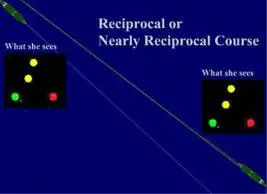
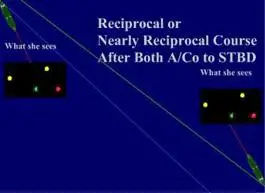
b. Such a situation shall be deemed to exist when a vessel sees the other ahead or nearly ahead and by night she could see the masthead lights of the other in a line or nearly in a line and/or both sidelights and by day she observes the corresponding aspect of the other vessel.
Meaning: The Rule is very clear about the sightings and has explained what is to be termed as Head On, a number of cases have come about when this basic Rule is forgotten and the
watch keeper relies on the ARPA to give him the CPA.
The Radar and the ARPA are assistances for the watch keeper and do not replace the Rule instructions.
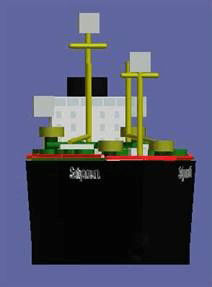
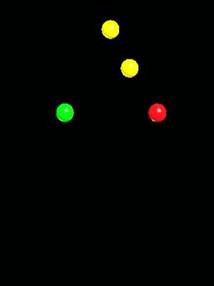
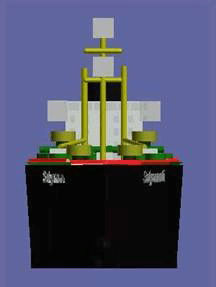
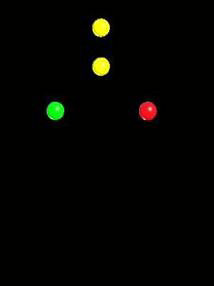
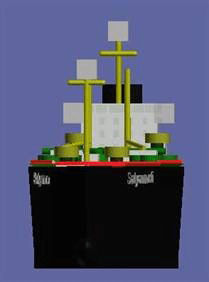
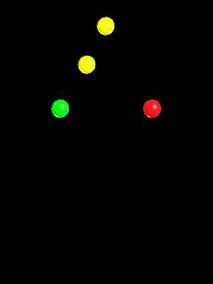
c. When a vessel is in any doubt as to whether such a situation exists she shall assume that it
does exist and act accordingly.
Meaning: Again the same word ‘Doubt’. So even if the CPA as per the ARPA is marginal
but a positive figure, the determination of Head On would still be by this Rule of sighting.
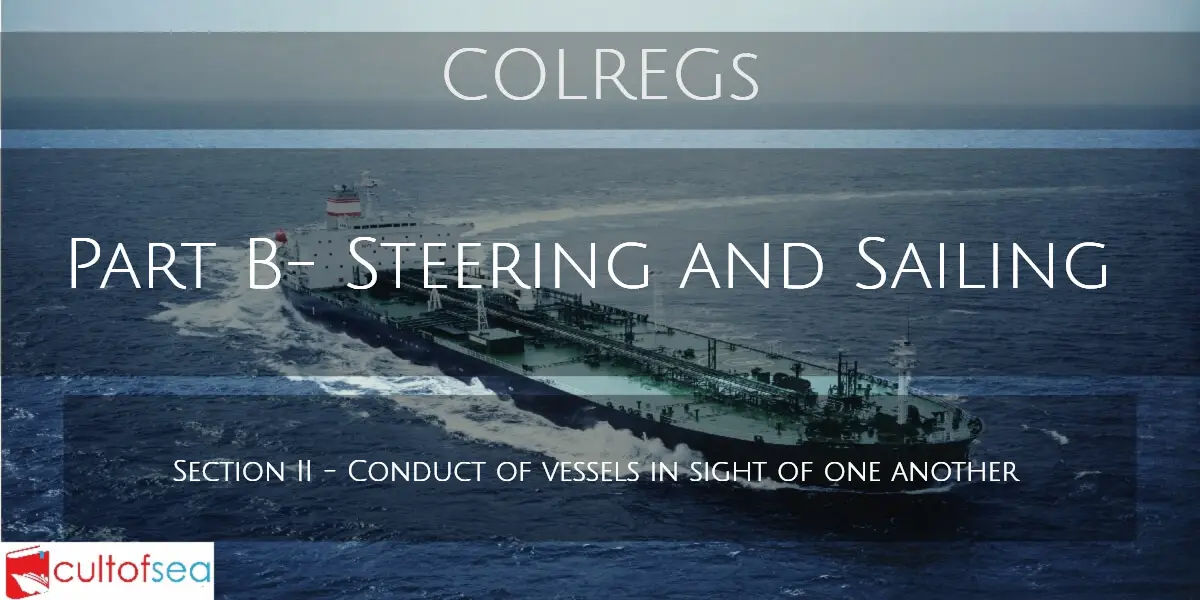
Leave a Reply